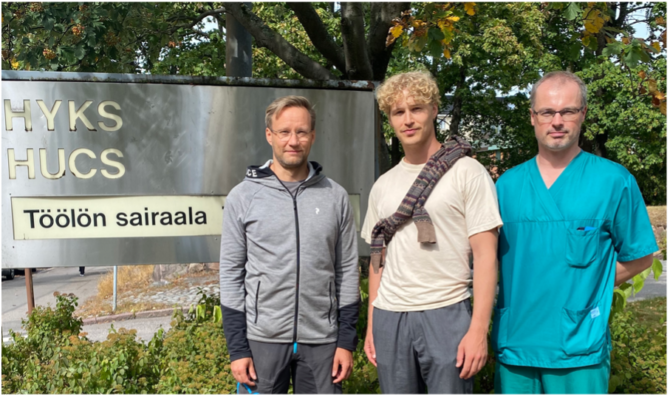One of the hurdles set on the path of medical students in Finland is to take part in a scientific research project and write a thesis, demonstrating familiarity with the topic, mastery of the necessary research methods, the ability to think scientifically and proficiency in academic writing. Supervising a thesis project for medical students at our Faculty is part of our job as Finnish academic doctors – mind you, FICEBO has not truly excelled in this “department”.

But now we are proud to announce the completion of one such project, as Tuomas Lähdeoja and Mikko Salmela supervised Kaarlo Kervinen, an amazingly skilled, ambitious young medical student, in this endeavour.
We looked at comminuted – and debilitating if treated badly – fractures of the distal humerus in patients aged 65 or older. Our primary aim was to find out how well (or badly) our own patients – treated in a high-volume trauma center – fare and how well our outcomes match to previously published series on this particular injury.
While we understand the limitations related to drawing inferences from observational research, we still contest that not all fractures can be feasibly studied in RCTs – comminuted distal humerus fractures in the elderly being one such challenging entity. Still, observational data can sometimes offer valuable information and at least offers a wonderful opportunity for quality control purposes. Frankly, our previous experience has taught us that following up your own patients diligently is a humbling experience.
The take home message of this project, published in the BMC Musculoskeletal Disorders, was that distal AO/OTA C-type distal humerus fractures in older adults can be treated reliably and with good outcomes with open reduction and internal fixation using modern locking plates. The mean qDASH scores were similar to population normal values, but when compared to the healthy arm, single-arm outcomes indicated somewhat impaired function. About 1 in 4 patients had at least one revision surgery, but major complications were relatively rare. We also learned that we’re doing at least as well as other centers, if not a bit better.
